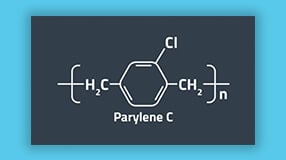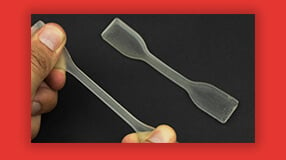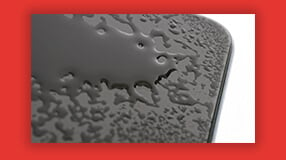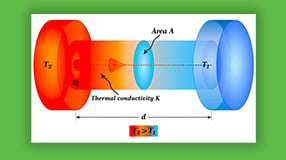What is the Index of Refraction? Measurement, Definition & More

Understanding how light travels through different mediums is essential in optics. One invaluable optical property is the index of refraction. This measurement quantifies how much a ray of light bends when it passes from one medium to another. The index of refraction plays a crucial role in understanding the behavior of light in various optical devices and phenomena.
Read more about transparent polymers.
Definition of the Index of Refraction
The index of refraction is a numerical value that represents the ratio between the speed of light in a vacuum and the speed of light in a given material. It determines how much the direction of light changes as it passes through a medium, such as air, water, or glass.
The higher the value, the slower light travels through the material, resulting in a greater bending or refraction of the light ray. This is due to the interaction between the electromagnetic waves of light and the charged particles within the medium.
Measurement Methods
Several methods exist to accurately measure the index of refraction. Here are some widely used techniques:
- Using refractometers: Refractometers are optical devices that determine the index of refraction by measuring the angle at which a light ray bends when passing through a sample material.
- Employing mathematical models based on the speed of light: This involves calculations using mathematical equations that incorporate the speed of light in a vacuum and the speed of light in a particular medium. These models consider variables such as wavelength and frequency to derive the index value accurately.
- Snell's Law: Snell's Law is a fundamental principle that relates the angles of incidence and refraction between two mediums. By measuring these angles and applying Snell's Law, the index of refraction can be determined.
- Speed of Light: Another way to measure the index of refraction is by comparing the speed of light in a vacuum to the speed of light in a particular medium. This method requires precise measurements of the speed of light and the refractive properties of the medium.
- Critical Angle: When light travels from a medium with a higher refractive index to a medium with a lower refractive index, it can reach a critical angle at which total internal reflection occurs. By measuring this critical angle, the index of refraction can be determined.
- Dispersion: Dispersion refers to the phenomenon where different wavelengths of light (colors) refract at different angles when passing through a medium. By studying the dispersion of light, scientists can derive the index of refraction for each wavelength, creating a refractive index spectrum.
These measurement techniques allow engineers to understand better how light interacts with matter.
Refractive Index and the Speed of Light
Light, as we know, travels at an incredible speed through space. However, when it enters a medium, such as glass or water, its speed is significantly reduced due to the phenomenon of the index of refraction. Understanding the relationship between the index of refraction and the speed of light is crucial in various scientific and practical applications.
Why light travels slower in mediums with higher refractive indices:
When light passes through a medium, it interacts with the atoms and molecules in that medium. These particles cause the light to slow down as it continuously gets absorbed and re-emitted. The higher the refractive index of the medium, the more significant this effect becomes, resulting in slower light propagation.
Effects of different materials on the speed of light propagation:
Materials with higher refractive indices, such as diamond or glass, slow down light considerably. In contrast, materials with lower refractive indices, such as air or vacuum, allow light to travel at its maximum speed. This variance in speed is why light bends or changes direction when passing from one medium to another.
Index of Refraction and Product Design
The index of refraction has numerous practical applications in various fields. One application is the design of optical fibers, lenses, microscopes, telescopes, and other devices. By manipulating the path of light through different materials with different refractive indices, engineers can achieve desired outcomes such as focusing, magnification, and dispersion.
Additionally, understanding the behavior of light as it interacts with different materials allows engineers to develop and improve optical instruments. These instruments, ranging from cameras to spectrometers, rely on the principles of the index of refraction to function effectively.
If you are working on an application that requires a protective coating with certain optical properties, HZO might be able to help. Please contact us to speak to an engineer. Or, if you are more interested in learning about protective coating capabilities, read about thermal conductivity, linear coefficient of expansion, or glass transition temperature.
Polymer Glass Transition Temperature - Material Properties, Impact
UL94 Coating Material - Testing Method, Material Selection
What is Thermal Conductivity? Explanation, Measurement, Uses
Mallory is a veteran writer with over a decade of writing experience and has spent over five years at HZO learning about coating technology from the best minds in the industry. Professionally, Mallory is especially interested in the process of problem-solving and watching how the engineering team develops solutions that ensure business requirements are met. Over her years at HZO, Mallory's writing has been cited in industry whitepapers, including "Parabolic Model for Optimum Dry Film Thickness (DFT) of Corrosion Protective Coatings" and "Universal Approach to Integrating Reduced Graphene Oxide into Polymer Electronics." All of Mallory’s blogs are reviewed for accuracy before publication.
Additional Resources

Understand the Capabilities of Thin Film Coatings With Our Resource Page
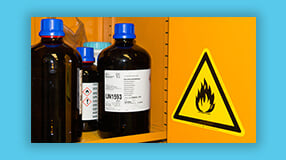
Understand UL94 Rating - Testing, How to Choose a Material, and More

What's the Difference Between Hydrophobic Coatings and Hydrophilic Coatings?

Dielectric Constant of Insulator - Materials, Formula, Table of Values
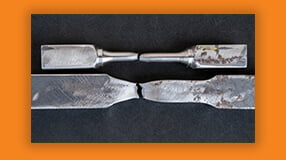
Tensile Strength at Yield - Testing, Definition, Material Selection
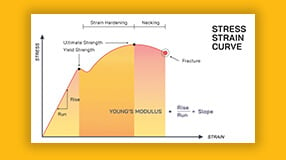
Young's Modulus of Polymers - Measurement, Calculation, Material Selection

Volume Resistivity - Definition, Measurement, Implications For Product Design

Polymer Glass Transition Temperature – Material Properties, Impact

What is Coefficient of Linear Expansion? Formula, Units & More

Learn About the Thin Film Coating Properties and Processes In Our Webinar

The Difference Between "Hydrophilic and Hydrophobic" Coating Properties

Learn about Protective Coating Methodologies With Our White Paper


